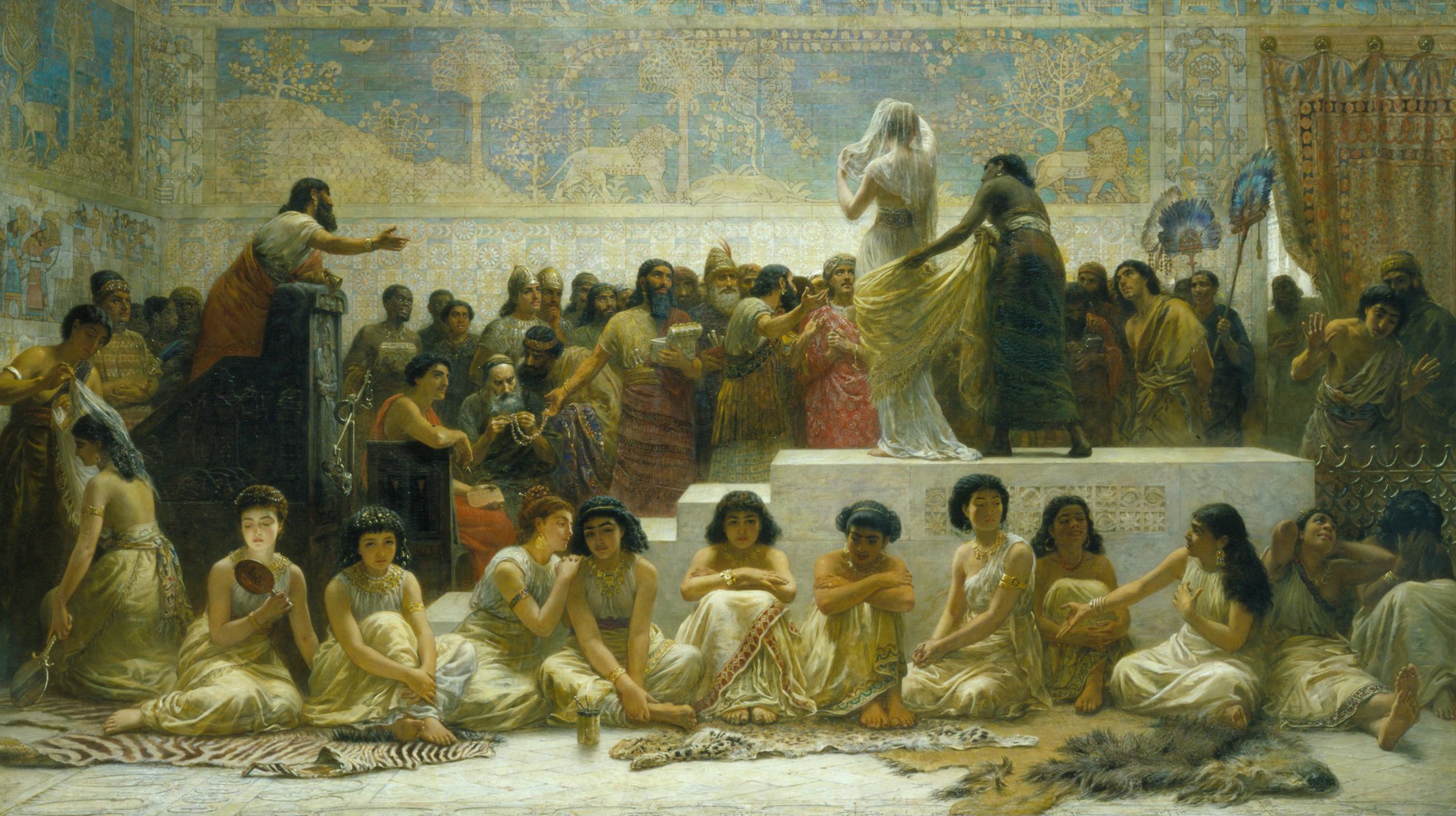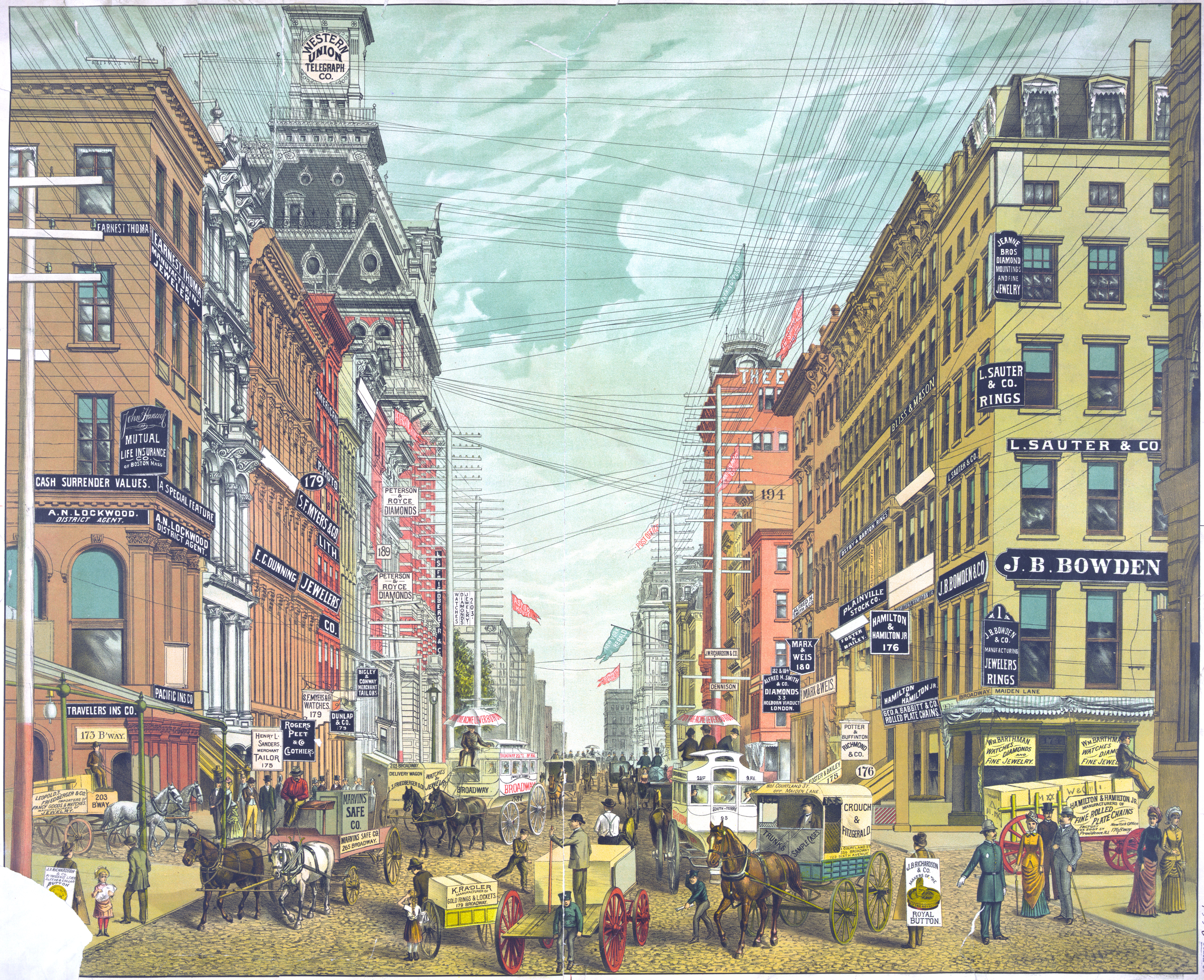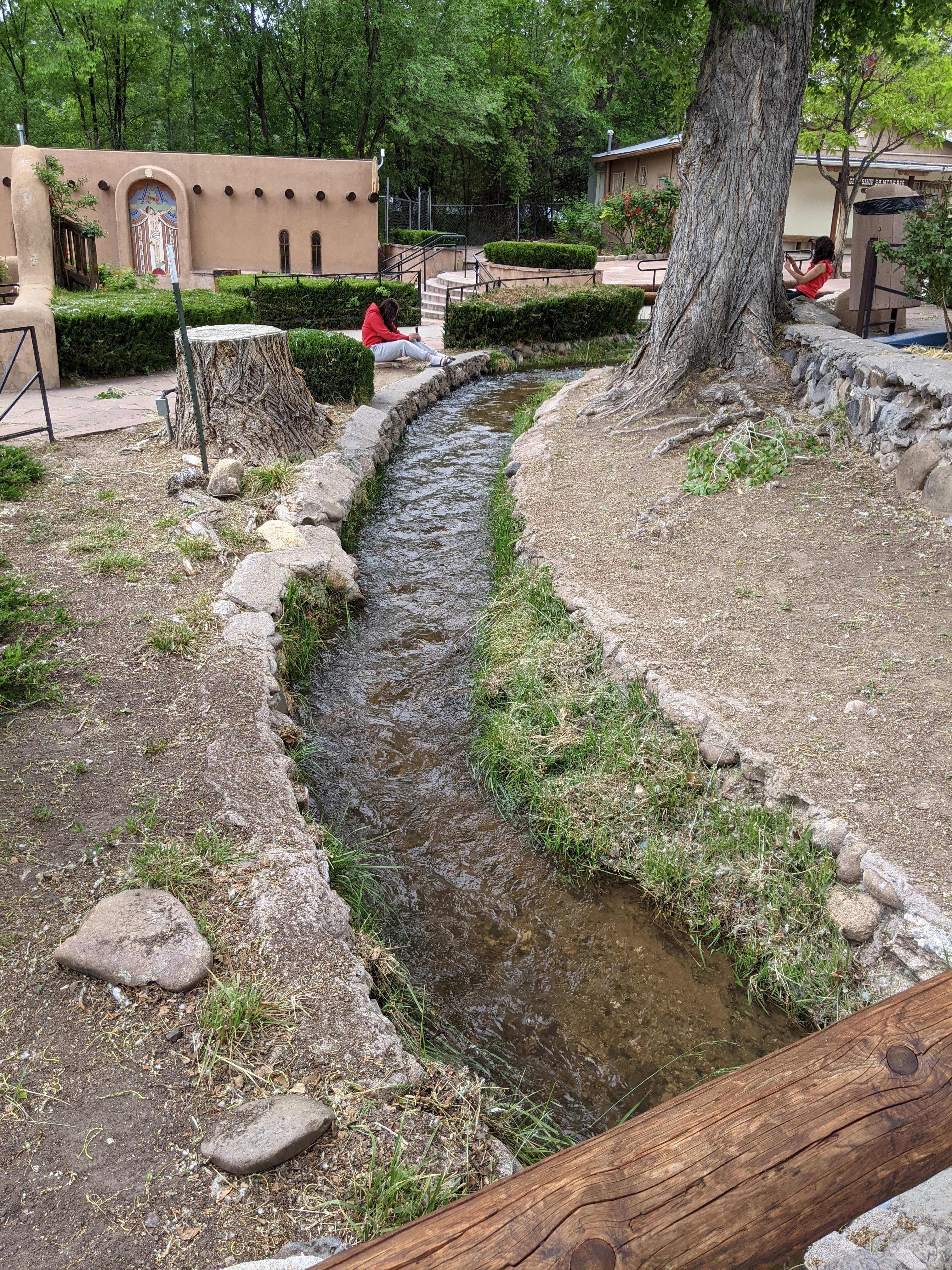|
Killdozer
Marvin John Heemeyer (October 28, 1951 – June 4, 2004) was an American automobile muffler repair shop owner who demolished numerous buildings with a modified bulldozer in Granby, Colorado, in June 2004. Heemeyer's machine was posthumously nicknamed the Killdozer. Heemeyer held various grudges against town officials, neighbors of his muffler shop, the local press, and other Granby residents. Over about eighteen months, Heemeyer secretly armored a Komatsu D355A bulldozer with layers of steel and concrete. On Friday, June 4, 2004, Heemeyer used the bulldozer to demolish the Granby town hall, the house of a former mayor, and several other buildings. He killed himself after the bulldozer became stuck in a hardware store he was destroying. No one else was injured or killed. Background Marvin Heemeyer was born on October 28, 1951, on a dairy farm in South Dakota. In 1974, he moved to Colorado, because he was stationed at Lowry Air Force Base. In 1989, he moved to Grand Lake, Col ... [...More Info...] [...Related Items...] OR: [Wikipedia] [Google] [Baidu] |
Granby, Colorado
The Town of Granby is the List of municipalities in Colorado#Statutory town, Statutory Town that is the List of municipalities in Colorado, most populous municipality in Grand County, Colorado, Grand County, Colorado, United States. The town population was 2,079 at the 2020 United States census. Granby is situated along U.S. Route 40 in Colorado, U.S. Highway 40 in the Middle Park (Colorado basin), Middle Park basin, and it is about northwest of Denver and southwest of Rocky Mountain National Park. History The town was founded in 1904 along the route of the Denver, Northwestern & Pacific Railway and was incorporated one year later. It was named after Granby Hillyer, a Denver lawyer who later served as the United States Attorney for that city's district. Many Granby and Grand County residents are descended from pioneer settlers who arrived before the country was fully surveyed. Early families established themselves under the Homestead Act of 1862, which allowed easy access to l ... [...More Info...] [...Related Items...] OR: [Wikipedia] [Google] [Baidu] |
Castlewood, South Dakota
Castlewood is a city in Hamlin County, South Dakota, United States. It is part of the Watertown, South Dakota Micropolitan Statistical Area. The population was 698 at the 2020 census. and was estimated to be 707 in 2022. History Castlewood was platted in 1881 when the railroad was extended to that point. The city was named Castlewood after a place mentioned in the 1857 novel '' The Virginians'' by William Makepeace Thackeray. A post office has been in operation in Castlewood since September 27, 1882. A destructive EF2 tornado hit the town on May 12, 2022, destroying several structures, damaging homes, and injuring one person. Geography Castlewood is located along the Big Sioux River. According to the United States Census Bureau, the city has a total area of , all land. Climate Castlewood has a dry-winter humid continental climate (Köppen ''Dwb''), with four distinct seasons and a high seasonal temperature variation. The winters are long and harsh, with an annual avera ... [...More Info...] [...Related Items...] OR: [Wikipedia] [Google] [Baidu] |
308 Winchester
The .308 Winchester is a smokeless powder Rim (firearms), rimless bottlenecked rifle Cartridge (firearms), cartridge widely used for hunting, target shooting, police, military, and personal protection applications globally. It is similar, but not identical, to the 7.62×51mm NATO cartridge. History During the 1940s, the .300 Savage became the basis for experiments on behalf of the U.S. military that resulted in the development of the 7.62×51mm NATO#Development, T65 series of experimental cartridges. The original experimental case design by the Frankford Arsenal was designated "T65" and was similar to the .300 Savage case, but with less taper. The experimental cases were made from standard .30-06 Springfield cases which gave a little less capacity than standard .300 Savage cases because the Frankford Arsenal cases had slightly thicker walls. The later T65 iterations were lengthened compared to the original T65 case and provided a ballistic performance roughly equal to the U.S. mi ... [...More Info...] [...Related Items...] OR: [Wikipedia] [Google] [Baidu] |
Rifle
A rifle is a long gun, long-barreled firearm designed for accurate shooting and higher stopping power, with a gun barrel, barrel that has a helical or spiralling pattern of grooves (rifling) cut into the bore wall. In keeping with their focus on accuracy, rifles are typically designed to be held with both hands and braced firmly against the shooter's shoulder via a buttstock for stability during shooting. Rifles are used in warfare, law enforcement, hunting and shooting sports, target shooting sports. The invention of rifling separated such firearms from the earlier smoothbore weapons (e.g., arquebuses, muskets, and other long guns), greatly elevating their accuracy and general effectiveness. The raised areas of a barrel's rifling are called ''lands''; they make contact with and exert torque on the projectile as it moves down the bore, imparting a spin. When the projectile leaves the barrel, this spin persists and lends gyroscopic stability to the projectile due to conservatio ... [...More Info...] [...Related Items...] OR: [Wikipedia] [Google] [Baidu] |
50 BMG
The .50 BMG (.50 Browning Machine Gun), also known as 12.7×99mm NATO, and designated as the 50 Browning by the C.I.P., is a 12mm caliber, caliber cartridge developed for the M2 Browning heavy machine gun in the late 1910s, entering official service in 1921. Under STANAG#Partial list, STANAG 4383, it is a standard service Cartridge (firearms), cartridge for NATO forces. The cartridge itself has been made in many variants: multiple generations of regular full metal jacket bullet, ball, tracer ammunition, tracer, armor-piercing bullet, armor-piercing (AP), Incendiary ammunition, incendiary, and Sabot (firearms), saboted Sub-caliber ammunition, sub-caliber Saboted light armor penetrator, penetrator rounds. The rounds intended for machine guns are made into a continuous belt (firearms), ammunition belt using metallic links. The .50 BMG cartridge is also used in anti-materiel rifles. A wide variety of ammunition is available, and the availability of match grade ammunition has increa ... [...More Info...] [...Related Items...] OR: [Wikipedia] [Google] [Baidu] |
Polycarbonate
Polycarbonates (PC) are a group of thermoplastic polymers containing carbonate ester, carbonate groups in their chemical structures. Polycarbonates used in engineering are strong, toughness, tough materials, and some grades are optically transparent. They are easily worked, injection molding, molded, and thermoforming, thermoformed. Because of these properties, polycarbonates find many applications. Polycarbonates do not have a unique resin identification code, resin identification code (RIC) and are identified as "Other", 7 on the RIC list. Products made from polycarbonate can contain the precursor monomer bisphenol A (BPA). Structure Carbonate esters have planar OC(OC)2 cores, which confer rigidity. The unique O=C bond is short (1.173 Å in the depicted example), while the C-O bonds are more ether-like (the bond distances of 1.326 Å for the example depicted). Polycarbonates received their name because they are polymers containing carbonate ester, carbonate groups (−O−( ... [...More Info...] [...Related Items...] OR: [Wikipedia] [Google] [Baidu] |
Improvised Vehicle Armour
Improvised vehicle armour is a form of vehicle armour consisting of protective materials added to a vehicle such as a car, truck, or tank in an irregular and extemporized fashion using available materials. Typically, improvised armour is added in the field and it was not originally part of the design, an official up-armour kit, nor centrally planned and distributed. Improvised armour is used to protect occupants from small arms, crew-served weapons, artillery (or tank gun) fire, and anti-tank mines. Improvised additions have included metal plate, scrap metal, sandbags, concrete, wood, and, since at least the 2000s, Kevlar. These materials vary widely in their ballistic protection. Improvised vehicle armour has appeared on the battlefield for as long as vehicles have been used in combat. Though usually used in military or conflict contexts, improvised vehicle armour has also been used in non-combat contexts, such as to protect the vehicles of strikebreakers. History World ... [...More Info...] [...Related Items...] OR: [Wikipedia] [Google] [Baidu] |
Auction
An auction is usually a process of Trade, buying and selling Good (economics), goods or Service (economics), services by offering them up for Bidding, bids, taking bids, and then selling the item to the highest bidder or buying the item from the lowest bidder. Some exceptions to this definition exist and are described in the section about different #Types, types. The branch of economic theory dealing with auction types and participants' behavior in auctions is called auction theory. The open ascending price auction is arguably the most common form of auction and has been used throughout history. Participants bid openly against one another, with each subsequent bid being higher than the previous bid. An auctioneer may announce prices, while bidders submit bids vocally or electronically. Auctions are applied for trade in diverse #Contexts, contexts. These contexts include antiques, Art auction, paintings, rare collectibles, expensive wine auction, wines, commodity, commodities, l ... [...More Info...] [...Related Items...] OR: [Wikipedia] [Google] [Baidu] |
Zoning In The United States
Zoning is a law that divides a jurisdiction's land into districts, or zones, and limits how land in each district can be used. In the United States, zoning includes various land use laws enforced through the police power rights of state governments and local governments to exercise authority over privately owned real property. Zoning laws in major cities originated with the New York City 1916 Zoning Resolution. Before zoning, some cities had local ordinances like those in Los Angeles in 1904 limiting "wash houses" (laundries) from operating in a residential area. These early city ordinances were in some cases motivated by racism and classism. After the Supreme Court declared racial ordinances unconstitutional in 1917, many localities discovered zoning and began setting down citywide restrictions. In suburban localities, zoning often mandates single-family housing. Zoning ordinances did not allow African-Americans moving into or using residences that were occupied by majority whi ... [...More Info...] [...Related Items...] OR: [Wikipedia] [Google] [Baidu] |
Acequia
An acequia () or (, also known as síquia , all from ) is a community-operated watercourse used in Spain and former Spanish colonies in the Americas for irrigation. Acequias are found in parts of Spain, the Andes, northern Mexico, and what is now the Southwestern United States (northern New Mexico and southern Colorado). In the United States, the oldest known irrigation canals are in Arizona and date back to 1200 BCE. Irrigation was extensively used by the Pueblo peoples in New Mexico in the Pre-Columbian era. Spanish colonizers arrived in New Mexico in 1598 and brought irrigation methods from Iberia based on the Arab Agricultural Revolution. Scholars describe acequias as "technological systems that are designed, maintained, and operated to meet a variety of productive goals, social services, and health needs, with the practice of irrigated agriculture being of paramount importance." The traditional form of governance over acequias survives in New Mexico and southern Col ... [...More Info...] [...Related Items...] OR: [Wikipedia] [Google] [Baidu] |
Gasoline Pump
A gasoline pump or fuel dispenser is a machine at a filling station that is used to pump gasoline (petrol), diesel, or other types of liquid fuel into vehicles. Gasoline pumps are also known as bowsers or petrol bowsers (in Australia and South Africa), petrol pumps (in Commonwealth countries), or gas pumps (in North America). History The first gasoline pump was invented and sold by Sylvanus Bowser in Fort Wayne, Indiana, on September 5, 1885, pre-dating the automobile industry- It was commonly used to dispense the kerosene used in lamps and stoves. He later improved upon the pump by adding safety measures, and by adding a hose to directly dispense fuel into automobiles. For a while, the term ''bowser'' was used to refer to a vertical gasoline pump. In the United States this term is now only used for trucks that carry and dispense fuel to large aircraft at airports, but it is still used sometimes in Australia and New Zealand. The first gasoline pump was patented by Norweg ... [...More Info...] [...Related Items...] OR: [Wikipedia] [Google] [Baidu] |






